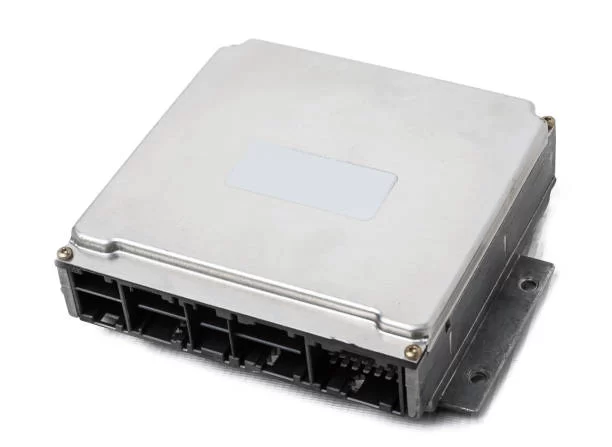Lithium Battery Box: Reliable Energy Solutions
Lithium battery box, specially designed to house lithium batteries, play a vital role in modern energy applications. Their primary function is to provide a stable environment for lithium batteries, ensuring consistent energy storage in standby mode or continuous power supply during operation. They are widely used in various devices, electric vehicles, and energy storage systems. For instance, in smartphones, these enclosures tightly encase the battery, protecting it from external interference, while in electric vehicles, they integrate numerous battery modules for efficient energy transfer and enhanced safety.
Safety Design
Lithium battery box is critical in ensuring battery safety. They are equipped with comprehensive protection mechanisms to prevent overcharging and over-discharging. During charging, control circuits within the enclosure automatically halt charging once the battery is full, preventing potential overheating, structural damage, or fire risks. Likewise, in the event of over-discharging, the enclosure will cease discharge to prevent battery degradation.
The enclosures are also designed to prevent internal short circuits, utilizing insulating materials to separate battery terminals and carefully avoiding cross-circuiting. This minimizes the risk of internal short circuits even if subjected to external impact or component wear, providing reliable safety for users and assets.
Strong Compatibility
In today’s tech landscape, lithium batteries come in various types and sizes. Lithium battery box are adaptable to these diverse needs, accommodating cylindrical, prismatic, and pouch cells. They are engineered to meet the specifications of batteries with different capacities and voltage levels through thoughtful internal design and electrical connections, ensuring seamless compatibility and reliable performance.
Ease of Use
Convenience is crucial in today’s fast-paced environment, and lithium battery box excel in this regard. Made from lightweight and durable materials, they are compact and easy to carry. For instance, portable lithium battery box for outdoor photographers are lightweight and fit easily into camera bags. The simple installation process with user-friendly interfaces enables quick setup by both professionals and regular users alike, and the intuitive indicators provide real-time battery status updates.
How to Choose a Lithium Battery Enclosure
1. Compatibility with Battery Type
The primary consideration when selecting an enclosure is compatibility with the battery type. Different lithium batteries vary in shape, size, voltage, and capacity, so choosing an appropriate enclosure is essential.
2. Focus on Quality and Brand
Choosing a reliable brand is important, as established brands adhere to strict quality standards. Well-known brands typically use high-strength, insulated, and heat-resistant materials to ensure reliable performance in harsh environments.
3. Consider Cost-Effectiveness
Cost-effectiveness is a key factor. Users should balance product performance and price, selecting enclosures that offer essential safety, durability, and compatibility features without unnecessary frills.
Current Market Trends
1. Product Diversity
With expanding lithium battery applications, the lithium battery enclosure market is flourishing with diverse offerings. These range from large-capacity enclosures for energy storage systems to small, sleek enclosures for consumer electronics.
2. Competitive Landscape
The market is highly competitive, with various brands vying for dominance. Major electronics manufacturers leverage their market positions to integrate enclosures as part of their product ecosystems, offering seamless solutions. At the same time, specialized lithium battery enclosure manufacturers focus on high-performance and reliable products, providing custom solutions for niche markets.
The lithium battery enclosure industry has immense growth potential, driven by ongoing technological advances and evolving market demands. Future enclosures are expected to integrate smart features, enabling remote monitoring and control via IoT technology, as well as miniaturization and high energy density to support emerging trends in wearables and electric vehicles.
As environmental awareness and sustainability continue to rise, demand for lithium battery box will grow in areas such as electric vehicles and energy storage facilities. Consumer electronics will also place increasing demands on enclosure performance as 5G and new smart devices proliferate. Overall, lithium battery box will achieve significant breakthroughs in technology innovation and market expansion, remaining essential in modern energy applications.

